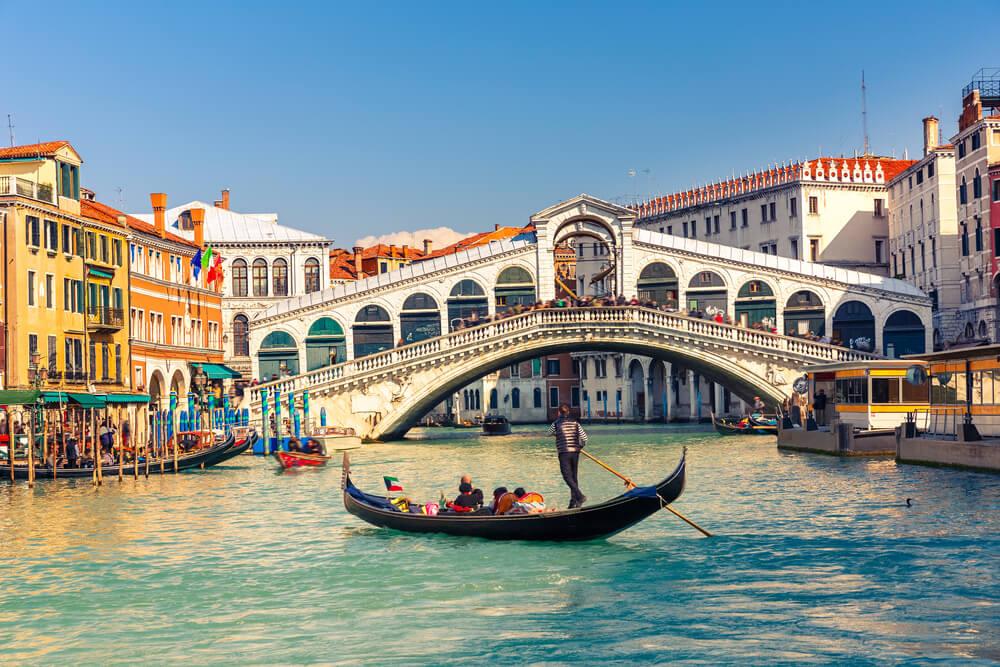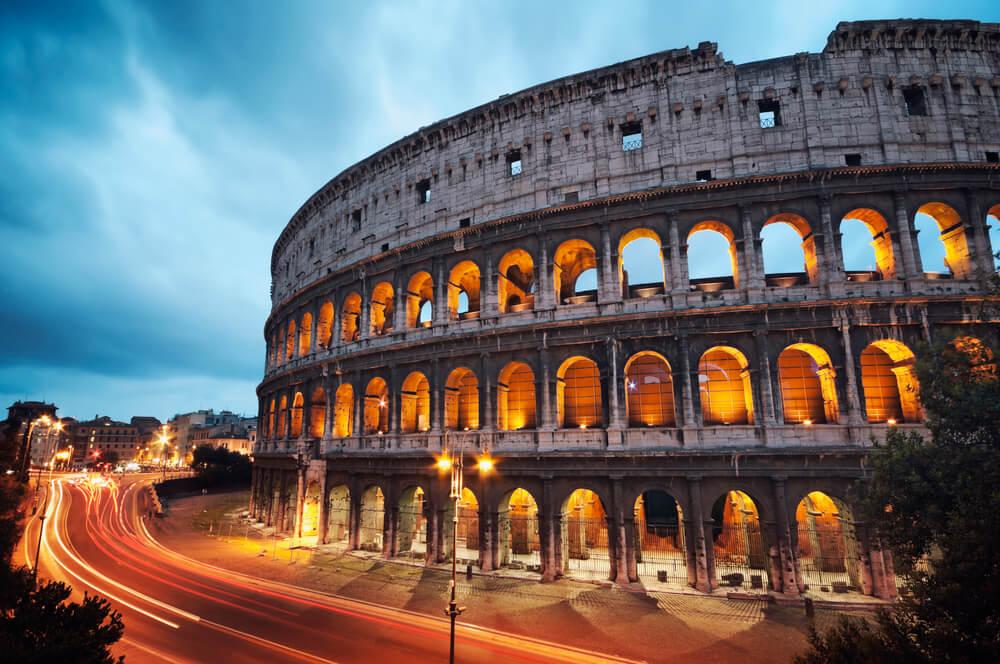Italy is not only famous for its incredible artists and delicious food but also Italian ethnicity. The flag of this southern European state has three colors that represent the diverse landscapes, with white representing the snowy mountains, green for the hills and plains, and red for the blood spilled during the Italian war of independence. The flag tells how multiple ethnic groups in Italy fought for it to become an independent state, with people, mountains, plains, and beautiful valleys all cohabiting peacefully, enjoying the beautiful culture, stunning apparel, alluring music, and oh-so-delicious pizza and portions of pasta!

Italy ethnicity: A Complete Overview
Italy, officially called the Republic of Italy, is located in Southern Europe in the middle of the Mediterranean Sea. It is also considered a part of western Europe, with its peninsula delimited by the Alps and islands surrounding it.
Due to Italy’s significant location in the middle of the Mediterranean Sea, it has been conquered and dwelled by several ethnic groups in the past. The fall of the modern Roman Empire and barbarian invasions led the Italian Republic to grounds before the diverse group of people renounced it in the fields of trade, commerce, banking, and even artistry, winning its current image.
According to the population census conducted in 2020, the Republic of Italy has a total of 60,317,116 inhabitants dwelling all over the state, the majority residing in Rome and Milan. The population density in Italy is highly uneven, with most immigrants choosing to live in the capital city, while the lowest population is in Modena and Parma. 8.3% of the total population of Italy are foreign immigrants, including the foreigners that acquired Italian citizenship.
In the 1900s, Italy got the attention of the world due to its homogenous cultural and lingual society. Italian is the national language, and Euro is the currency, but the state is cohabited by people speaking multiple other languages.
The state is extensively famous for its cultural diversity, food selection, cuisine, fashion, locations, historical significance, and even music and dances. Italy is the second most popular destination for studying abroad, most recently quantified as 10.6%. After all, who doesn’t want to try out the most authentic pasta and freezy gelato the world has to offer?
Diverse or not? Italian ethnicity
From ancient Roman times to today’s modern Italiano, Italy has been heavily invaded by multiple nationalities of the world. As students, citizens, immigrants, or employees, people from all over the globe travel to Italy each year to stay and make an appropriate living in the state of wonders.
By the end of the 20th century, Italy had become one of the most prosperous countries in the Mediterranean region. Consequently, millions of people flew over in hopes of a better life. Until now, A total of 3.7 million people migrated to Italy from outside the European Union.
According to the World Population Review, Italy is home to 62 million people. The major Italy ethnicity is that of the Italian people, constituting about 92% of the total population. The remaining 7% of the population consists of Romanians, Africans, Asians, Ukrainians, Albanians, Arabs, and several other minorities.
In addition, many Italians have also flown to America, Asia, Brazil, and other Northeastern states, so it is safe to say that the world’s Italian ethnic population is far more than the Italian population residing in the Italian Republic.
All the major and minor ethnic groups in Italy are discussed below in detail.
Italians
The Italian ethnic group consists of a populace of people whose ancestors came from Italy. Italian itself is not a race but a part of the Caucasian race.
The history of the Italian Peninsula indicates that in the past, the current Italian region was divided into smaller provinces, all ruled by different ethnic groups in Italy. Greeks, Romans, Celts, and the ancient native Italians, all had parts of the Italian peninsula to rule over. The Greek group controlled the Southern region, while the Romans primarily invaded the northern territories.
As a consequence of these joined collisions, several ethnic descendants left back in the Italian Republic and, over time, accepted themselves as the natives of Italy, known as Italians. In the historical books and periodic dramas, Romans are portrayed as aggressive; hence, most of the culture was influenced by the Roman empire. As Italy remained a divided region in the past centuries, all these regions came up with similar but distinctive cultures, dialects, and traditions, which can still be seen in the state.
Currently, 92% of the people living in Italy are Italians. However, according to a survey, only 60% of the total Italian population prefers to live in cities, and most of the ancient and native people from the state favor their original provinces to dwell.
Most of the Italian population are Roman Catholics, while minor folk follows Protestantism or Judaism.
Italians are globally known for contributing to science, astronomy, arts, and literature. Italian discoveries and inventions include but are not limited to Kelper’s law of planetary movement, telephone, and the electric battery. Leonardo da Vinci, Titan, and Raphael are some of the few Italian artists known for their significant contributions to the field. To top this, Italy gave the world pizza, risotto, lasagne, ravioli, and ice gelato, which is no less than any other contribution.

Romanians
Roma, the Romanian people, have lived in Italy for centuries. Romanians dominated the northern parts of the Italian peninsula in the past, and currently, about 1.8% of the total Italian populace is that of the Romanian ethnic group.
Most Romanians in Italy are Orthodox Christians, while a minor section follows Catholic and Protestant beliefs. The relationship between native and Romanian Italians is not a very happy one. As history suggests, Romanians are blamed for the nowadays Iillegal and criminal activities in Italy. Although, Roman-Italian culture dominates Italian culture a lot.
The Romanian ethnic group of Italy can attest to its presence and dominance over the culture through the presence of more than 200 Orthodox churches, a political party, and a television station that broadcasts the Romanian language in the Italian Republic.
Africans and Arabs
The island of Sicily ruled over African Arabs for over two centuries, around 2 thousand years ago. Although it’s in the past, even today, more than half a million population of Italy are African Arabs.
Around 1 million Africans also migrated to Italy in the past few years. People from all over Tunisia, Libya, Syria, Egypt, Morocco, and Lebanon have been migrating to the Italian peninsula. The dominant religion followed by the African Arabian ethnic group in Italy is Islam, more specifically Sunni Islam. They speak Italian, Arabic, Persian, Hindi, and several languages.
Albanians
In times of war, Albania had supported Italy through military assistance, hence tying a solid knot of friendly relations between the two states. About 0.8% of the Italian population consists of Albanian ethnicity, most of which reside in Sicily, Calabria, and Abruzzi. Abrash language is the most common form of linguistic communication, while the primary religious inclination is Catholic Christianity.
North and South Asians
Asians make up a minority of Italian ethnicity, but there’s a Chinatown in Milan, which gives us an overall idea of the significance of Chinese dwellers in Italy.
About 330 thousand Chinese people, 14.4 thousand Japanese, and 47 thousand Indians currently reside in Italy, making up 0.3% of the total populace.
Ukrainians
0.3% of the Italian population is made up of Ukrainian ethnicity. With the Russian/Ukrainian war, the Italian government has announced to host the Ukrainian people by giving them properties like hotels, apartments, and mansions seized by gang criminals in 2022.
Other minor ethnic groups in Italy
Other smaller ethnic groups in Italy consist of Americans, French, German, Greek, Croatians, Turks, Sardinians, Catalans, Spanish and Brazilian dwellers, and immigrants. Some flew to Italy for a better life, others for study and employment. The country is overwhelmingly white but doesn’t count its population by color.
Bottom line
“Bella Italia” or “beautiful Italy” is undoubtedly the correct term to define the Italian Republic. In the previous centuries, the ethnic groups in Italy have been living peacefully alongside each other. However, the Italian Republic can’t really be called an ethnically diverse region, as around 92% of its population is Italian, following Orthodox or Catholic Christianity and speaking the Italian language.
Other significant groups residing in the Italian peninsula include Romanians, Hans-Chinese, Arabs, and Africans, who comprise around 7.0% of the remaining populace. The 0.1% is comprised of minor ethnic groups in Italy like South Asians, French, German, Middle Eastern, Greek, and so on.
The immigrants of the Italian peninsula have the potential to affect the demographics to only a small extent. However, the Muslim ethnicity in the Italian Mediterranean region is forecasted to increase drastically in all parts of Europe, including Italy, in the next few decades.




